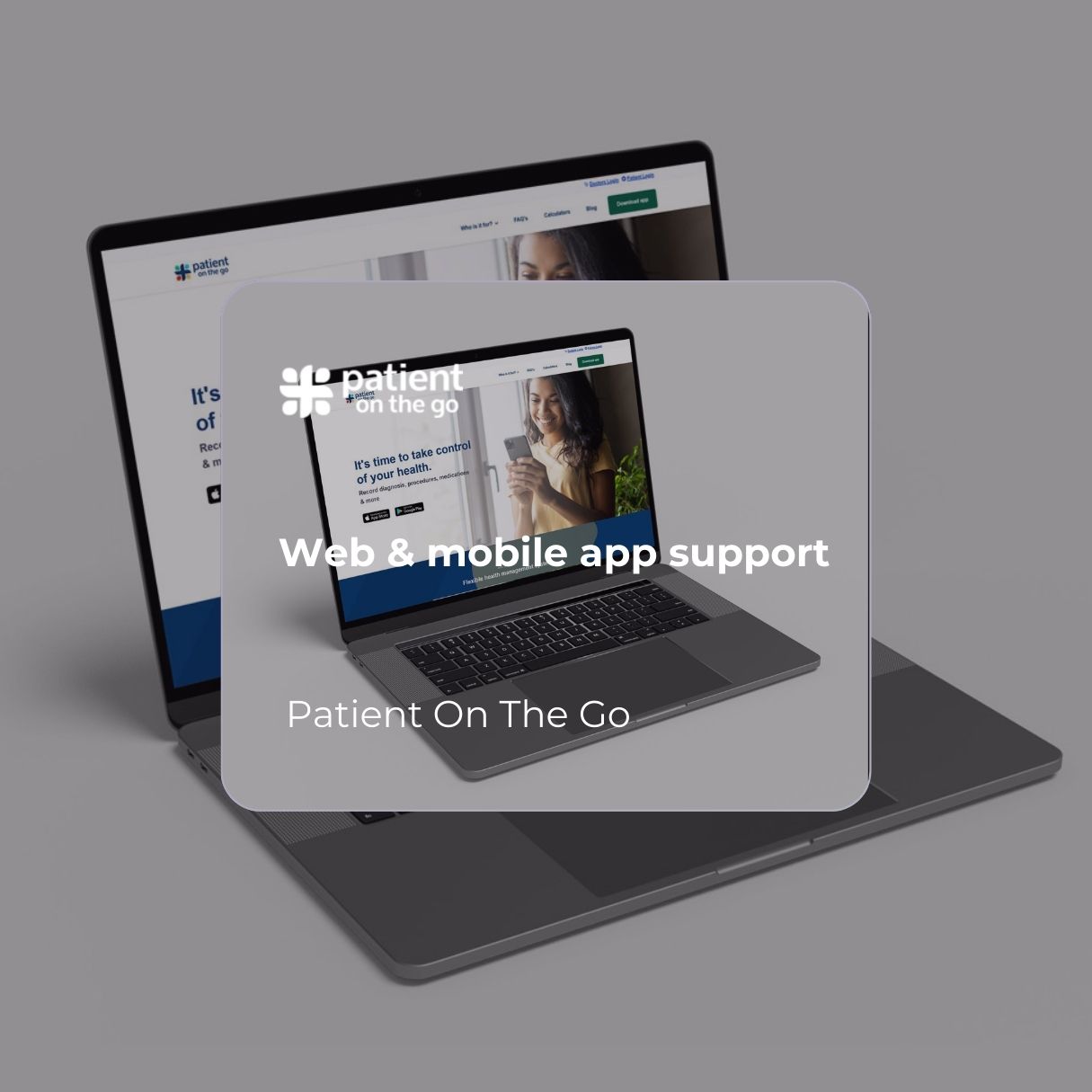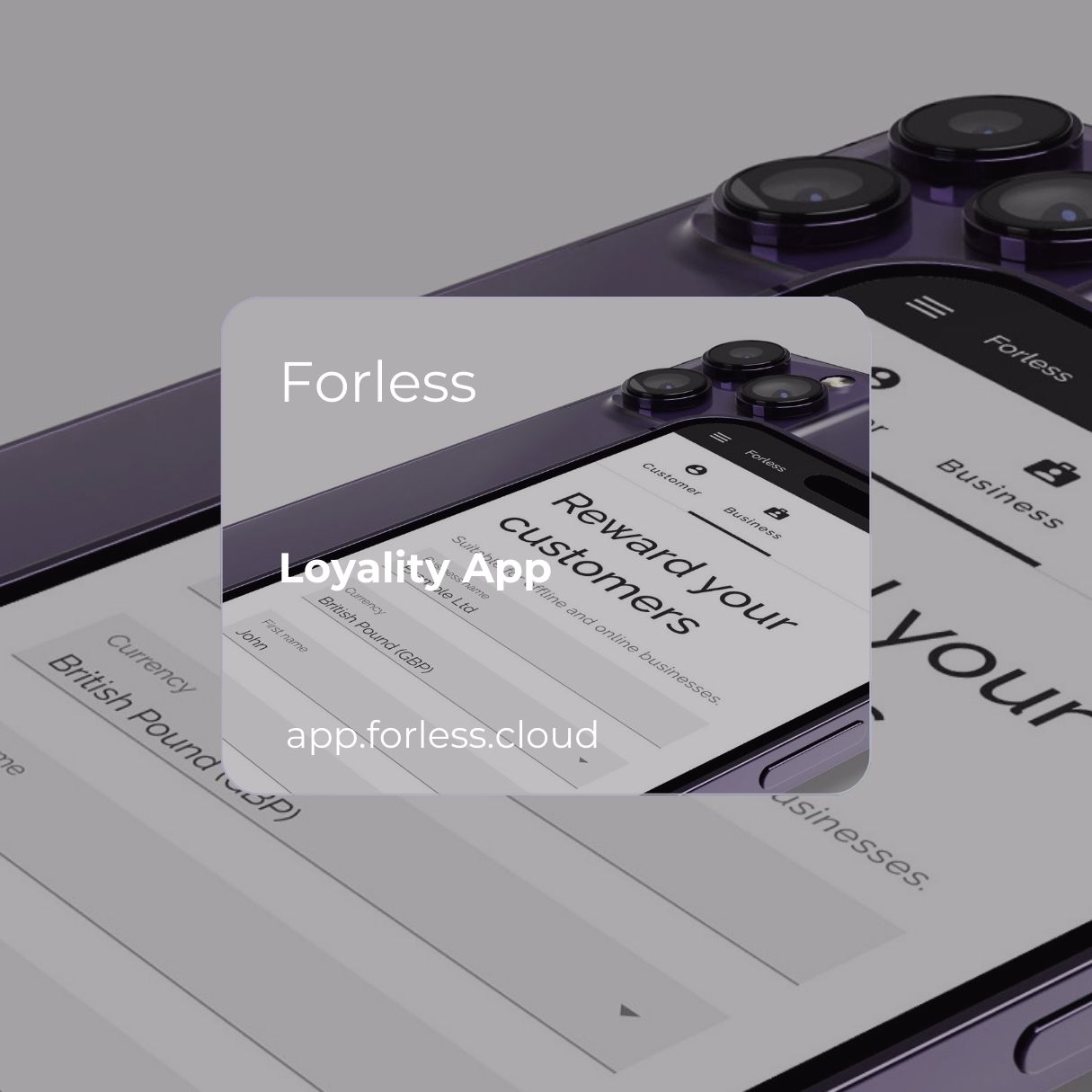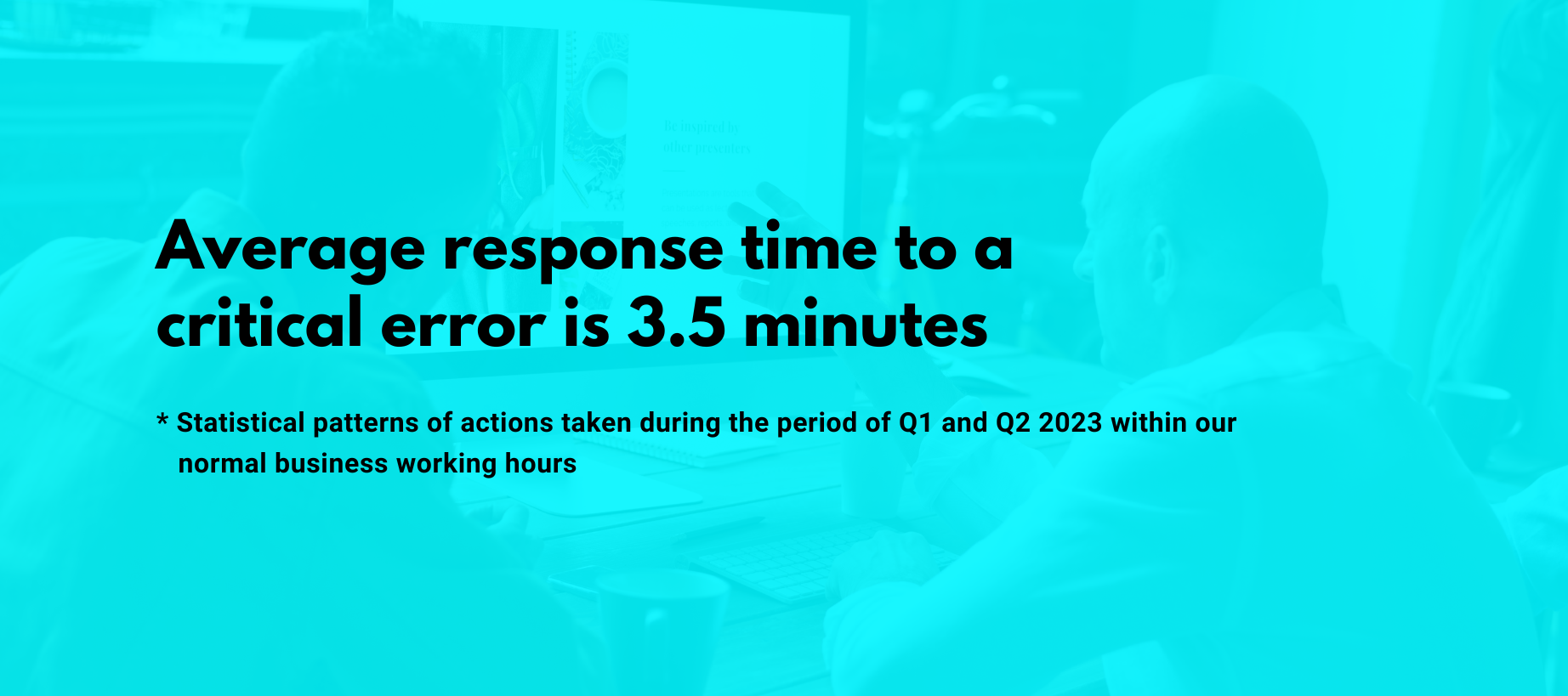5 key aspects concerning mobile application design #Birmingham
Mobile applications are usually elaborate projects that require advanced programming knowledge. Below we have introduced a list of three basic aspects, which are worth paying attention to while planning, valuing and implementing a project of mobile application.
1. Creating specification for mobile application
Developing a detailed specification (brief) for the mobile application is crucial and requires special attention. The specification document includes information about the application's goals, target audience description, work schedule, and more. A well-prepared specification enables proper organisation of work, helps avoid changes and issues during the planning phase. Also it allows for cost estimation and project timeline establishment.
2. Technologies used to develop mobile apps
On the basis of type of the mobile application, its purpose and budget, we suggest what type of technology we assume as the most convenient for the project. The most important aspects are efficiency, functionality, flexibility, scalability and the ability of development. To prevent future problems with update and expansion in the following years, it is often recommended to use well-known solutions, such as Vue.js, React.js, Laravel, Django, TensorFlow, Keras, PyTorch.
3. Efficiency of mobile apps
The loading time of an application is influenced by both its internal efficiency and the available resources of the IT infrastructure, such as server computing power. It is crucial to design the application's architecture properly and optimise the code responsible for data handling. Non-optimized processes can result in increased resource usage, leading to higher costs and potential performance issues.
We prefer the Scrum / Agile method in creating mobile and web apps. This methodology allows for relatively fast and flexible project completion. It involves creating a list of app functions, setting priorities, and working in iterative "sprints." Each sprint, typically lasting 1 to 4 weeks, introduces new functionalities. After each sprint, the client and the team of programmers discuss the changes and establish new purposes and their priorities.
5. Marketing for mobile application
After launching the live version of the mobile application, it's important to focus on marketing and reaching as many users as possible. Effective advertising campaigns tailored to your target audience can help achieve this. Consider promoting the application through app store advertisements, social media campaigns, or other marketing channels like YouTube or your website. Remember to align your marketing efforts with the preferences and needs of your target audience.













